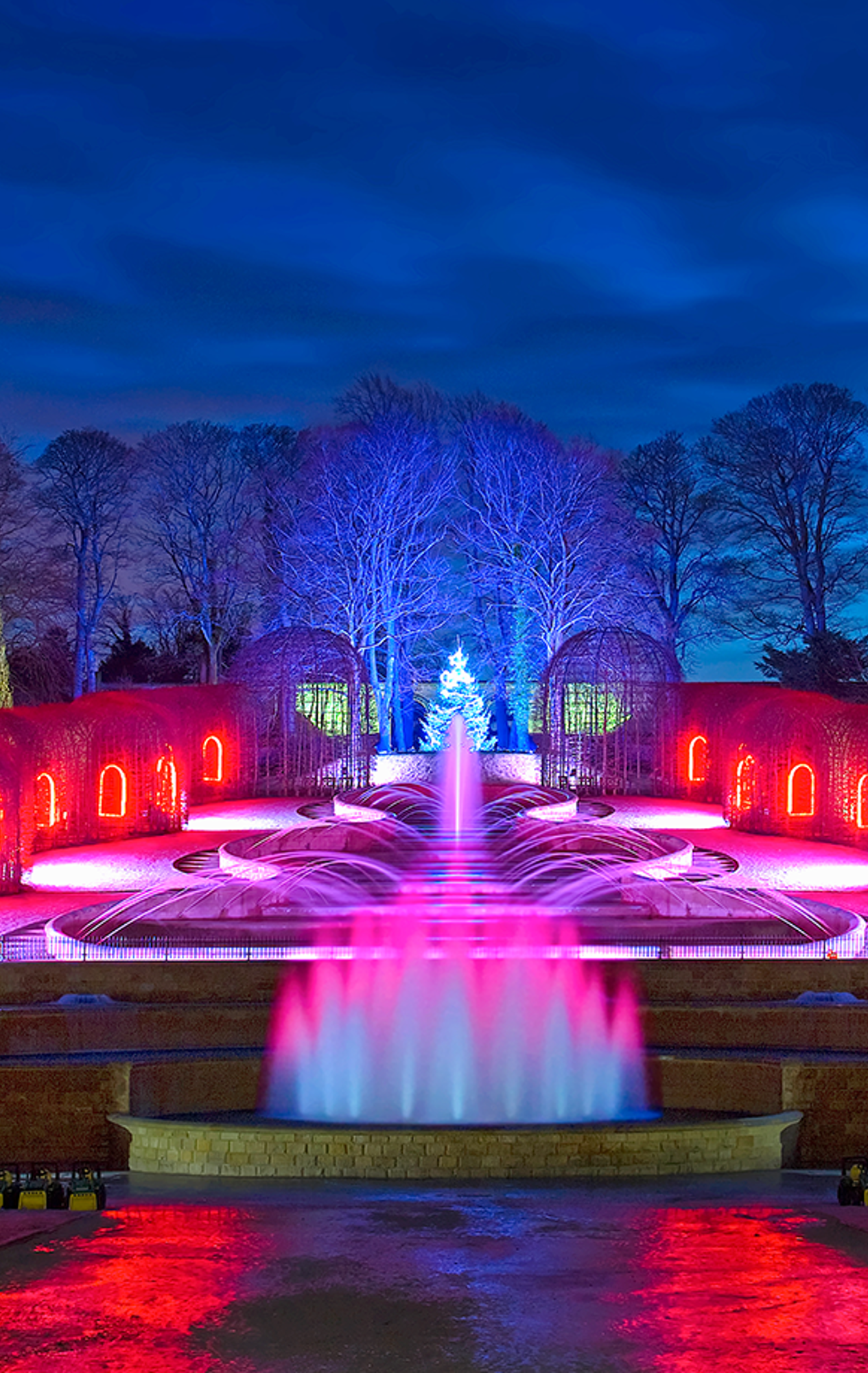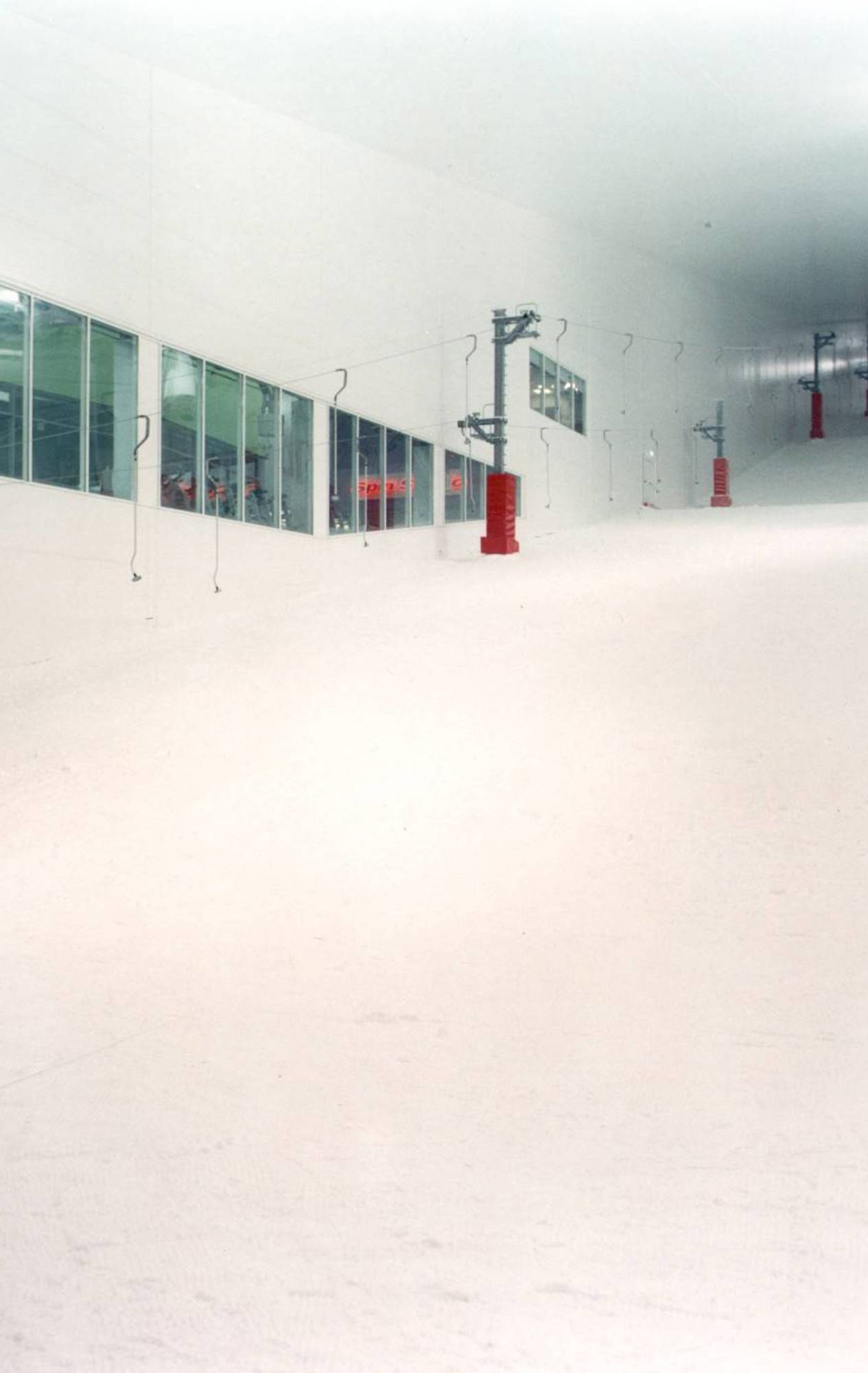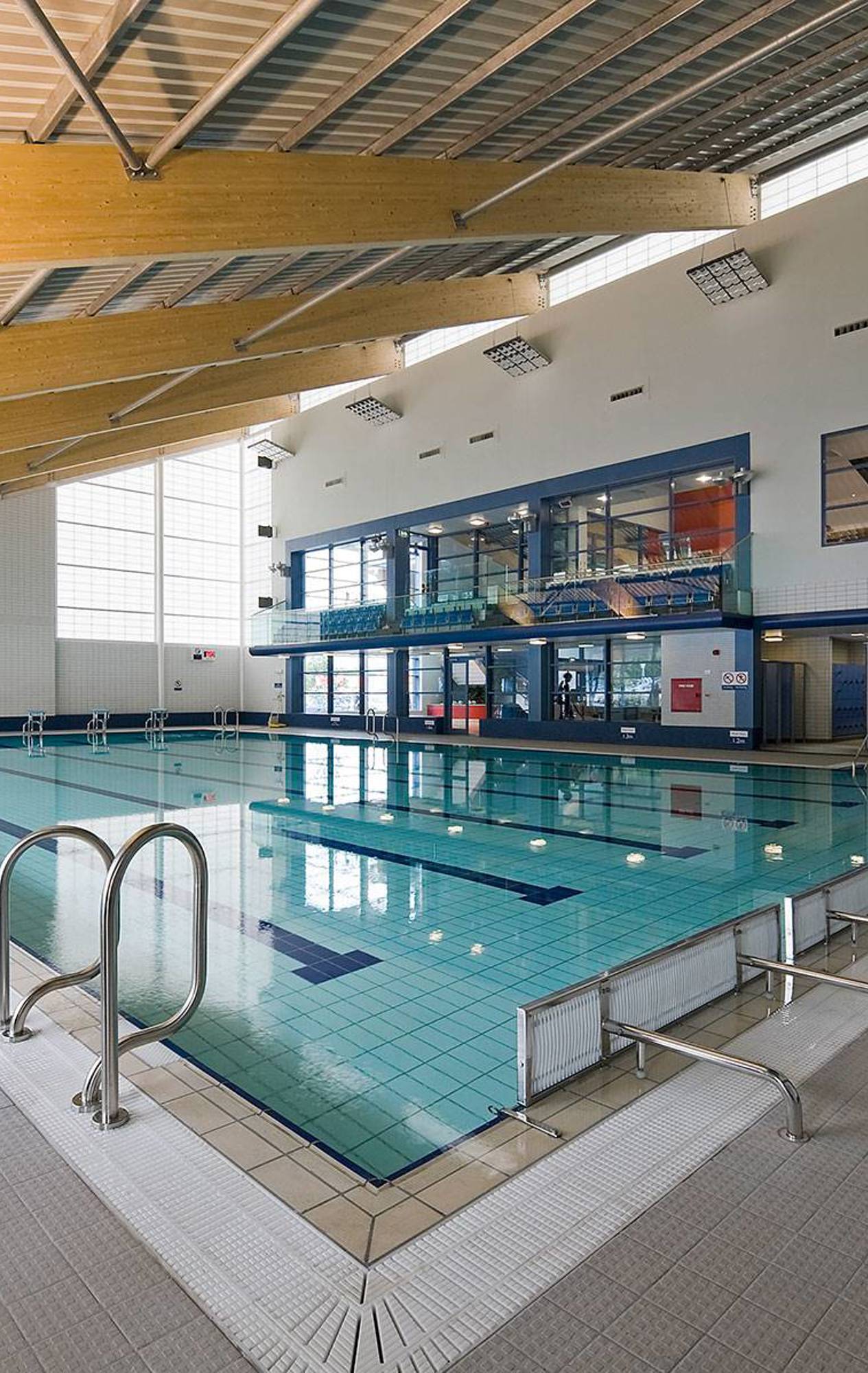- Sector: Leisure
- Region: London
- Service: Construction
- Completion Date: 1924
The construction of Wembley Stadium and the British Empire Exhibition
The acknowledged home of football for more than three quarters of a century, the construction of Wembley Stadium and the British Empire Exhibition showcased Britain as world leaders in concrete construction.
The acknowledged home of football for more than three quarters of a century, the construction of Wembley Stadium took just 12 months. Eighteen months later, we completed the British Empire Exhibition’s two Palaces, which included the largest reinforced concrete building in the world.
The construction of Wembley Stadium formed part of a wider contract which included the buildings for the British Empire Exhibition of 1924. The buildings were designed and built entirely of concrete, showcasing British skill and invention. Lampposts, bridges, and ornamental features within the Exhibition grounds, including the famous Wembley lions statues, were cast in the concrete.
The stadium itself boasted a spectacular entrance, flanked by the famous twin concrete towers. The stadium's outer wall stretched half a mile and included 37 massive arches. The designer adopted the company’s technique of scoring the surface of the walls, giving the entire stadium the appearance of having been built with masonry blocks.
Wembley Stadium was completed in just 300 days with more than 25,000 tonnes of concrete going into its construction along with 600 tonnes of steel reinforcement rods. The Exhibition’s Palaces, which included the largest reinforced concrete building in the world, were also built entirely of concrete, steel and glass.
The Stadium and the Exhibition were a vast undertaking. At its peak 12,000 employees and 4,000 subcontractors worked on this unique project which involved the daily delivery of 280 railway truck loads and 300 lorry loads of building materials.
Capable of accommodating 125,000 spectators, Wembley Stadium was completed in time for the famous ‘White Horse’ FA Cup Final of 1923 and in its extraordinary lifetime the stadium hosted events including the 1948 Olympic Games, the 1966 World Cup Final and Live Aid in 1985.
Project summary
Our projects
-
![]() Read more about
Read more aboutTransforming Alnwick Garden to its former glory
Our civil engineering and construction capabilities transformed a derelict 12-acre garden within the grounds of Alnwick Castle.
Sectors: LeisureRegion: North East -
![Front view of Xscape Milton Keynes at Night]() Read more about
Read more aboutBuilding Xscape in Milton Keynes
Featuring one of the largest real snow ski slopes in the UK, Xscape Milton Keynes was the first of its kind to be built in Europe.
Sectors: LeisureRegion: Midlands -
![Wentworth Leisure Centre exterior, showcasing the modern mono-pitched roof design.]() Read more about
Read more aboutRefurbishing Wentworth Leisure Centre, Hexham
A modern, sustainable, refurbishment project giving back to the local community.
Sectors: LeisureRegion: North East


